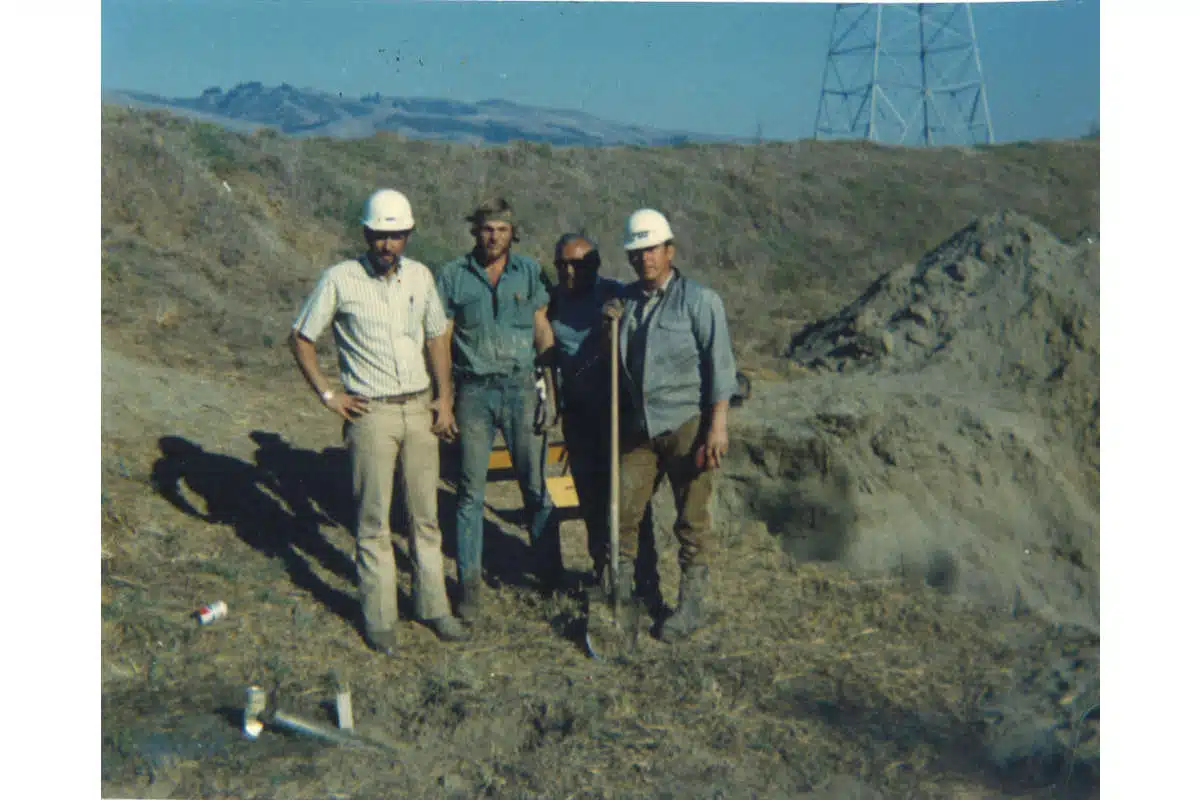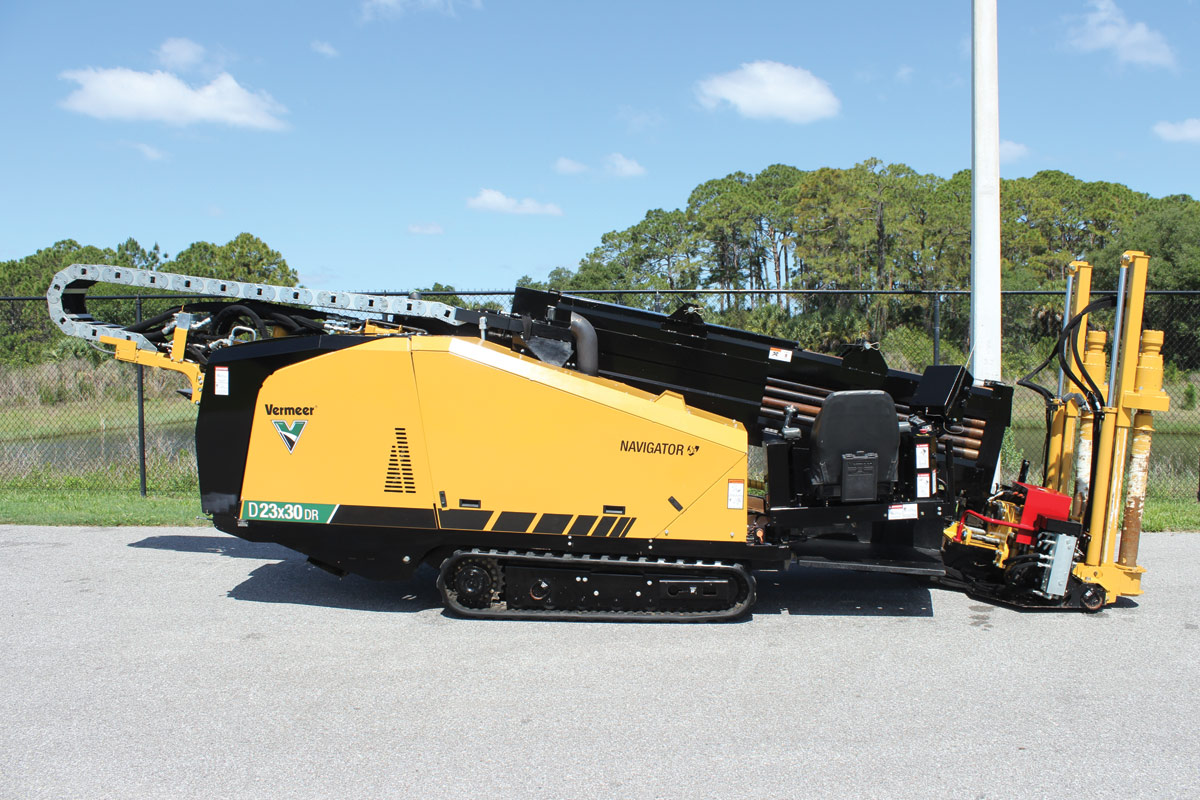
Trenchless Pioneers: Martin Cherrington
Trenchless Pioneers is a special monthly series, sharing with readers the trailblazers who made their mark on the trenchless industry.
Martin Cherrington is an icon of the horizontal directional drilling (HDD) market, a driving force who propelled the installation of utilities underground with minimal disruption and a more cost-effective bottom line. He is simply known as the Father of HDD.
Cherrington was president of Titan Contracting when he was asked by PG&E to come up with a way to cross 500 ft under the Pajaro River in northern California in 1971; PG&E wanted a less invasive and costly way to install a 4-in. gas line. The historic crossing was made without fanfare and Cherrington himself didn’t think much about what he had just done; however, the crossing ignited a segment of trenchless technology that changed the way utilities are installed around the world.
Cherrington stayed in the burgeoning HDD market and went on to create and own Cherrington Corp. Though retiring in 2012 with 28 HDD-related patents, he has remained active in the industry he helped to create.
“You can well imagine in those early days that HDD was a bit iffy,” Cherrington remembers. “But it seems like all the industries worked together to make HDD happen. Even the pipeline owners told us to never mind about the rights of way, just exit on the other side of the river. Of course, in those early days, we didn’t have all the regulations we have today: no greenhouse emissions, drilling mud frac-out issues, special interest groups. The list goes on and on.
“I don’t recall in those early days that [those issues] would be the future of HDD,” he says. “I am surprised at how the basic [nature] of HDD has endured, achieving many daunting underground challenges.”
Industry Innovations
Innovations were fast and furious in the early days of HDD, as everything that pertained to this application was brand new. Cherrington points to two areas when asked about the pioneering contributions of that era. First, was the sole-purpose, track-driven horizontal utility drilling rig. “This track utility rill rig was powered by an air-cooled, V4 Wisconsin gas engine that drove a hydraulic oil pump, which in turn drove hydraulic rotary and travel drives,” Cherrington says. “The on-board Moineau pump supplied drilling fluid to the swivel within the traveling drill cartridge.”
The second, he says, is the use of utility drilling and later oil and gas equipment and methodology to drill and place a pipeline under a river. “Throughout the drilling of the Pajaro [River], was the use of utility equipment and techniques,” Cherrington says. “The drilling under rivers moving forward adapted oil and gas drilling techniques and methodologies, which evolved to the HDD that is used today. If it had not been [for] the oil and gas drilling technologies and the manufacturers of those technologies, the HDD industry would not be what it is today.”
When it comes to HDD technological breakthroughs, Cherrington singles out the introduction of electronic steering tool technology in the late 1970s, as it gave drillers constant and real-time location of the drilling head. Prior to that, the process was done manually. “Today’s HDD personnel wouldn’t believe how cumbersome and time-wasting the single-shot surveying tool was before the steering tools were used,” he says. “I still maintain that the No. 1 greatest game-changer for HDD was the 1978 introduction of the Sperry-Sun Steering Tool.”
A close-second for him were the PDC bits and hole openers. “PDC bits provide pilot-hole integrity by reducing dog-leg-severity and borehole tortuosity,” he says. “Gone are the days of lost bit-thirds within the borehole and fishing expositions, from using tri-cone bit thirds to using PDC hole-openers.”
More than 50 years later, Cherrington loves HDD and the prospect of what’s next for the industry. He marvels at how far HDD has come from those early days in its inventiveness, innovation and ingenuity. “In the early years of HDD, there was an uncertainty, regarding its future, so I always stayed connected to my utility horizontal drilling business,” he says. “I had no idea that HDD was a paradigm shift from the trenching methods used before. The growth of HDD has been phenomenal and broad and will continue to broaden.”
Even at 83, Cherrington is a fixture in the industry, working as an industry consultant and on a new program to further advance HDD that he calls Deep-Space HDD. He says the time is right for another “paradigm shift” for HDD. As for those details, Cherrington says to “stay tuned for further adventures.”
As for his legacy, he says, “Throughout my HDD career, I have met people of less than perfect character, but for the most [part], people who I highly respect and consider life-long friends. All-in-all, my legacy should read, ‘HDD: It was fun while I lasted.’”
Sharon M. Bueno is the editor of Trenchless Technology.




